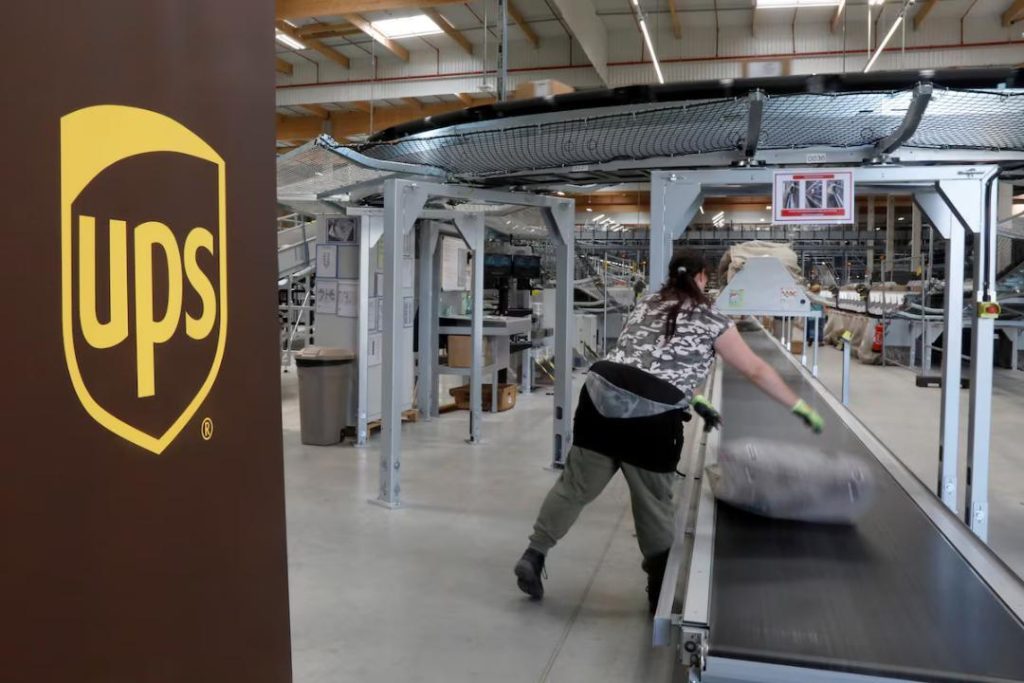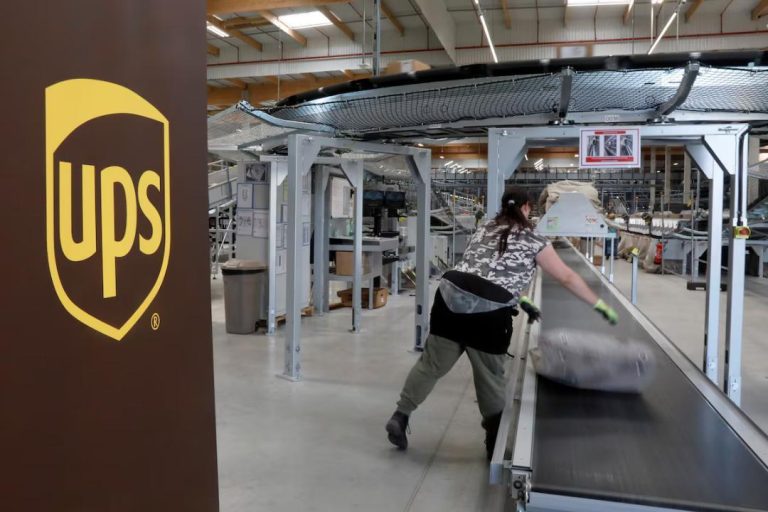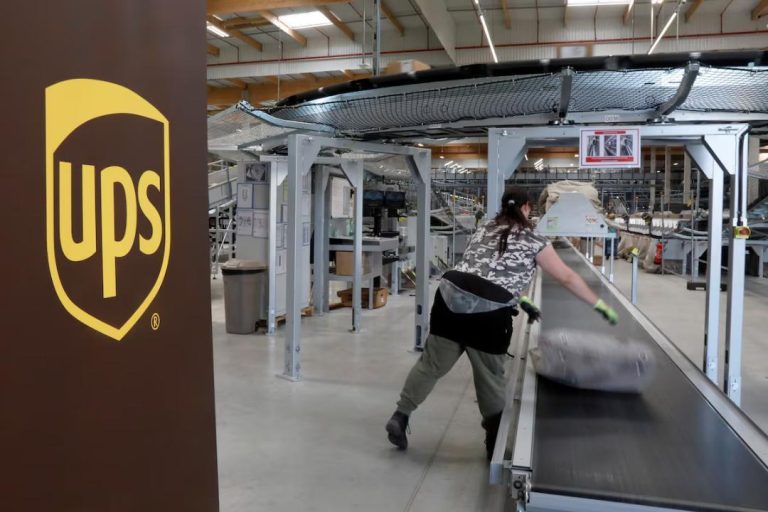
UPS to Cut 20,000 Jobs to Lower Costs & Prepare for Potential Pullback from Amazon
In a move aimed at reducing costs and preparing for a potential pullback from its largest customer, Amazon, United Parcel Service (UPS), the world’s largest package delivery firm, announced on Tuesday that it will be cutting 20,000 jobs. Additionally, the company will be shutting down 73 facilities across the globe.
The job cuts and facility closures are part of UPS’s efforts to reconfigure its network and reduce costs across its business. According to UPS’s CEO, Carol Tome, the actions being taken by the company are “timely” and necessary to ensure its continued success in an ever-changing market.
The news of the job cuts and facility closures sent shockwaves through the logistics industry, with many questioning the impact that these changes will have on UPS’s ability to deliver packages efficiently and effectively. However, UPS has assured that the changes are necessary to ensure the company’s long-term viability and to position itself for future growth.
“We are taking decisive action to reconfigure our network and reduce costs across our business,” said Tome in a statement. “These actions are essential to ensure UPS remains a strong and resilient company, capable of meeting the evolving needs of our customers and the market.”
The job cuts and facility closures are expected to have a significant impact on UPS’s workforce, with the company’s employees facing uncertainty about their future with the company. However, UPS has assured that it will be providing support to affected employees, including outplacement assistance and career transition services.
The news of UPS’s job cuts and facility closures comes at a time when the company is facing increased competition from other logistics providers, including Amazon, its largest customer. Amazon has been expanding its logistics capabilities in recent years, with the company now offering its own delivery services to businesses and consumers.
While Amazon’s growth in logistics has presented a significant threat to UPS’s business, the company has also been a major driver of growth for UPS in recent years. In 2020, Amazon accounted for approximately 14% of UPS’s revenue, making it the company’s largest customer.
However, some analysts have questioned whether Amazon’s growth in logistics will continue to benefit UPS in the long term. With Amazon now offering its own delivery services, it is possible that the company will begin to reduce its reliance on UPS for its logistics needs, potentially leading to a decline in revenue for the company.
In response to these concerns, UPS has been diversifying its customer base and expanding its services to attract new customers. The company has also been investing in its technology and infrastructure, including the development of its own drone delivery capabilities.
Despite the challenges facing the company, UPS remains one of the largest and most successful logistics providers in the world. With a global network of over 500,000 employees and a fleet of over 120,000 vehicles, the company is well-positioned to adapt to changes in the market and to continue delivering packages efficiently and effectively.
In conclusion, UPS’s decision to cut 20,000 jobs and shut down 73 facilities is a significant move that will have a significant impact on the company’s workforce and its ability to deliver packages. However, the company’s efforts to reduce costs and prepare for a potential pullback from Amazon are necessary to ensure its long-term viability and to position itself for future growth.
As the logistics industry continues to evolve, it will be important for companies like UPS to adapt to changing market conditions and to invest in their technology and infrastructure. By doing so, these companies will be well-positioned to continue delivering packages efficiently and effectively, even in the face of increased competition and changing customer needs.





